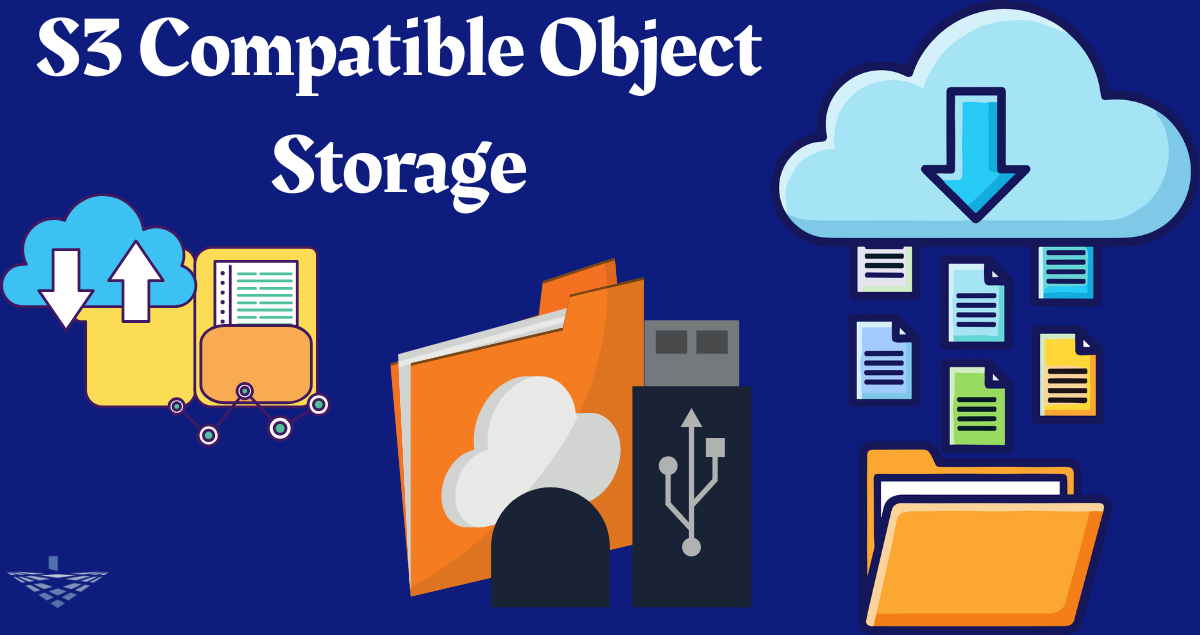Introduction
The world of business is rapidly evolving, and with digital transformation taking center stage, traditional invoicing methods are being replaced by electronic invoicing systems. Electronic invoicing (e-invoicing) systems are revolutionizing the way businesses handle billing, ensuring efficiency, accuracy, and compliance with tax regulations.
This article explores the significance of an electronic invoicing system, its benefits, features, implementation process, and how businesses can leverage it to optimize their operations. If you’re looking for a robust solution for e-invoicing, visit Cordis for tailored software solutions that ensure compliance and efficiency.
What is an Electronic Invoicing System?
An electronic invoicing system is a digital platform that facilitates the creation, transmission, receipt, and processing of invoices electronically. Unlike traditional paper-based invoices, e-invoicing automates the entire billing process, eliminating the need for manual data entry and paper handling.
These systems comply with government regulations and help businesses streamline financial transactions. E-invoicing systems can integrate with accounting software, enterprise resource planning (ERP) systems, and tax authorities’ platforms to ensure seamless invoice management.
Benefits of an Electronic Invoicing System
1. Improved Accuracy and Reduced Errors
Manual invoicing often leads to data entry errors, missing information, and miscalculations. An electronic invoicing system eliminates these risks by automating data entry and ensuring accurate calculations.
2. Cost Savings
Traditional invoicing involves costs related to paper, printing, postage, and storage. By switching to an e-invoicing system, businesses can significantly reduce these expenses and allocate resources more efficiently.
3. Faster Payment Processing
E-invoicing enables quicker transmission and processing of invoices, leading to faster payments. Automated invoice delivery ensures that clients receive invoices instantly, reducing payment delays.
4. Enhanced Compliance and Tax Regulations Adherence
Many governments require businesses to use electronic invoicing system to prevent tax fraud and ensure compliance with financial regulations. An e-invoicing system ensures that invoices meet regulatory requirements, reducing the risk of penalties.
5. Eco-Friendly Solution
By eliminating the need for paper invoices, an electronic invoicing system contributes to environmental sustainability. Businesses can significantly reduce their carbon footprint by adopting digital invoicing practices.
6. Better Organization and Record-Keeping
Electronic invoices are stored in a secure digital format, making it easier to retrieve records when needed. This improves organization and enhances data security compared to paper invoices, which are prone to loss or damage.
7. Seamless Integration with Other Systems
Modern e-invoicing solutions integrate with accounting software, ERP systems, and tax authorities’ portals, enabling automated reconciliation and better financial management.
Key Features of an Effective Electronic Invoicing System
1. Automated Invoice Generation
An efficient e-invoicing system should automatically generate invoices based on predefined templates, ensuring consistency and accuracy.
2. Multi-Currency and Multi-Language Support
For businesses operating internationally, an e-invoicing system should support multiple currencies and languages to facilitate global transactions.
3. Cloud-Based Accessibility
Cloud-based invoicing solutions allow users to access invoices from anywhere, ensuring flexibility and real-time tracking.
4. Tax Compliance and Legal Validity
A robust e-invoicing system should comply with local and international tax regulations, such as Saudi Arabia’s ZATCA e-invoicing requirements.
5. Automated Reminders and Notifications
Late payments can be minimized by automated payment reminders and notifications, keeping both businesses and clients informed.
6. Data Security and Encryption
Since invoicing involves sensitive financial information, the system should have high-level security features, including encryption and access control.
7. Integration with Accounting and ERP Software
Seamless integration with accounting tools like QuickBooks, SAP, or Oracle enhances financial workflow automation.
8. Customization and Branding Options
Businesses should be able to customize invoices with logos, branding, and personalized messages to maintain a professional image.
Implementing an Electronic Invoicing System
Step 1: Assess Business Requirements
Before implementing an e-invoicing system, businesses should evaluate their invoicing needs, transaction volume, and compliance requirements.
Step 2: Choose the Right E-Invoicing Software
Selecting a reliable software solution is crucial. Platforms like Cordis e-Invoicing Software offer comprehensive features tailored to various business needs.
Step 3: Integration with Existing Systems
The e-invoicing solution should seamlessly integrate with existing accounting, ERP, and tax filing systems to ensure smooth operations.
Step 4: Train Employees and Stakeholders
Employees and stakeholders should be trained on how to use the system effectively to maximize its benefits.
Step 5: Ensure Compliance with Regulations
Businesses must verify that their e-invoicing solution complies with local tax regulations, such as Saudi Arabia’s Fatoorah e-invoicing mandate.
Step 6: Go Live and Monitor Performance
After implementation, businesses should monitor the system’s performance and make necessary adjustments for optimization.
Electronic Invoicing in Saudi Arabia: The Fatoorah System
Saudi Arabia has mandated the implementation of an electronic invoicing system known as Fatoorah, regulated by the Zakat, Tax, and Customs Authority (ZATCA). This initiative aims to curb tax evasion and streamline invoicing processes.
Key Features of the Fatoorah System:
- Mandatory for VAT-registered businesses
- Requires e-invoices in a structured format
- Integration with ZATCA’s systems for real-time verification
- Includes two phases: Generation and Integration
Businesses operating in Saudi Arabia must adopt compliant e-invoicing software, such as Cordis E-Invoicing Solution, to ensure adherence to regulations.
Conclusion
The adoption of an electronic invoicing system is essential for businesses looking to enhance efficiency, reduce costs, and comply with tax regulations. With features such as automated invoice generation, seamless integration, and compliance capabilities, e-invoicing is transforming financial operations across industries.
For businesses in Saudi Arabia and beyond, implementing a reliable e-invoicing solution like Cordis E-Invoicing Software ensures compliance with regulations and a seamless billing experience.
Embrace the future of invoicing today and take advantage of the numerous benefits that an electronic invoicing system offers!
















Leave a Reply